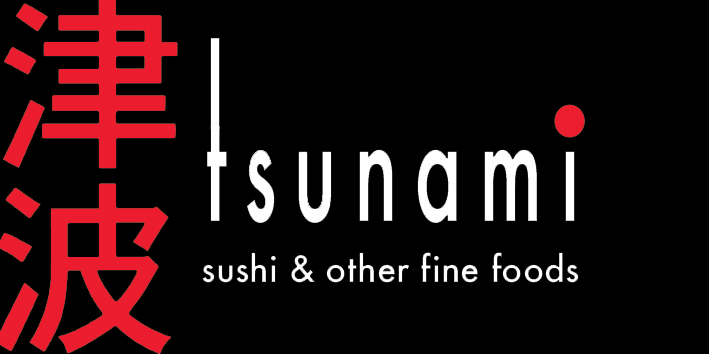What is Seimaibuai and rice polishing rate?
The terms "Rice Polishing Rate" and "seimaibuai" actually refer to the same concept in the context of sake production, but "seimaibuai" is the specific term used within the sake industry, primarily in Japan.
Rice Polishing Rate (Seimaibuai): This term refers to the percentage of the original rice grain that remains after the outer layers of the grain have been milled away. The purpose of milling or polishing rice is to remove the outer layers of each grain, which contain proteins and fats that can create off-flavors in the sake. By polishing the rice, the starchy core is exposed, which is ideal for sake brewing.
Why It Matters: The polishing rate is crucial because it largely determines the class and flavor profile of the sake. Lower seimaibuai percentages (meaning more of the rice grain has been milled away) typically correlate with higher-quality sake. For example:
Daiginjo: Super-premium sakes where the seimaibuai must be 50% or less, meaning at least half of the original grain has been milled away.
Ginjo: Premium sakes with a seimaibuai of 60% or less.
Junmai: Sake made with no added distilled alcohol; it can have varying levels of polishing but traditionally focuses on a pure expression of the rice.
So, while both terms are essentially pointing to the same measurement — the amount of rice left after polishing — "seimaibuai" is the term you'll often see used in technical discussions and labeling of sake to denote the rice polishing rate. This metric is a key indicator of the style and potential quality of the sake.
